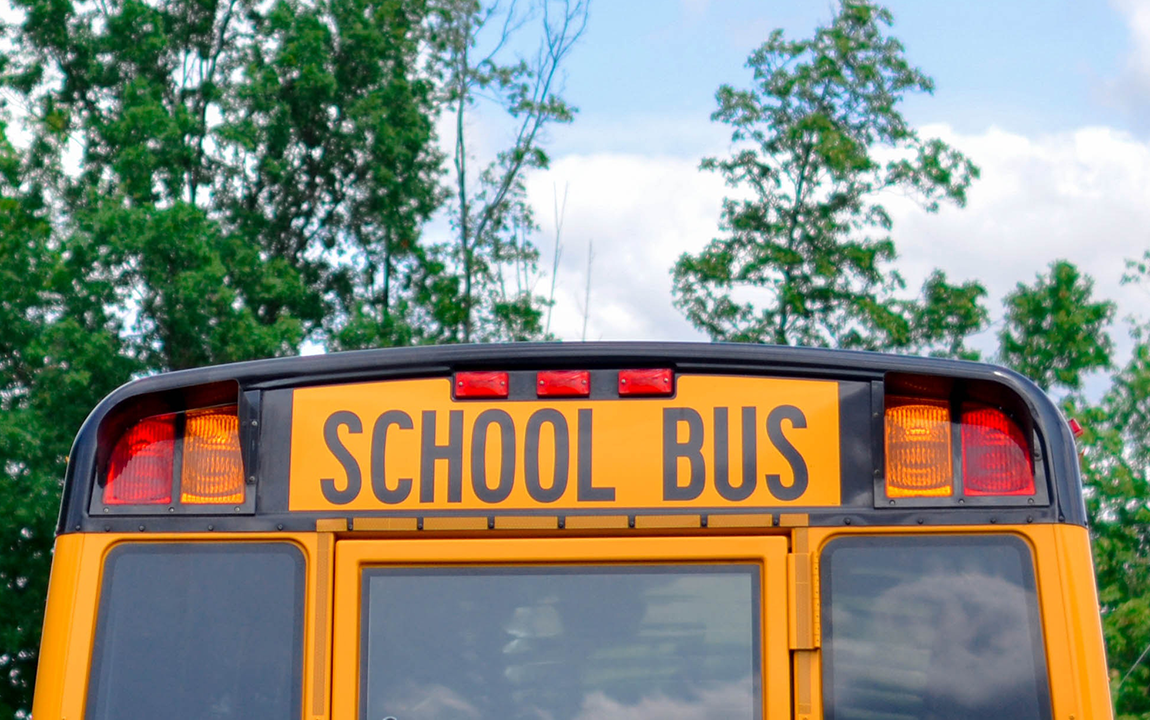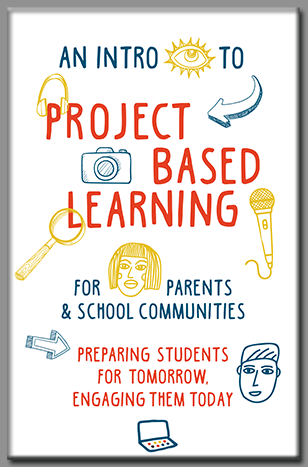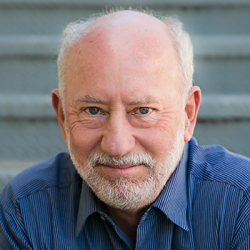
(This is an excerpt from the PBLWorks booklet that explains PBL in a jargon-free style for parents and school community members, An Intro To Project Based Learning: Preparing Students For Tomorrow, Engaging Them Today.)
A school that has decided to use Project Based Learning as a teaching method will be different from a “regular” school. Here’s what you can expect to see:
Students who are more excited about school.
When kids come home from school and parents ask, “What did you do at school today?” the answer is often “nothing.” With PBL, the answer is usually different. Students will talk about their project work and show pride in what they have done. When you walk onto the campus of a school using PBL, you can often feel the energy and excitement.
Different uses of classroom time.
Some of the time in a PBL classroom, students will be working in teams. They may be going to the library/media center or off campus. They may also be using computers, phones, and tablets to do research, to create things, or to communicate with experts outside the classroom. They will be sharing work with each other for feedback, creating a list of questions to investigate, and making presentations.
Longer class periods in middle and high school, and flexible use of time in elementary school.
Work on a project proceeds more effectively when students have a class period longer than 45 minutes. Many middle and high schools using PBL have created 75- to 90-minute periods. Sometimes they also combine two classes, such as English and social studies, for project work. In elementary schools, students may work on a project for part of a day, or much of the day, or only on certain days.
More connections to the world outside the classroom.
Students learning through PBL often make contact with adults at school besides their teachers, and also with community members, experts on particular topics, and people and organizations across town or around the world.
In addition, local business owners or people who work in a local industry may be asked to talk with teachers about ideas for real-life projects. They might act as a “client” for students who are “consultants” doing a project. They could be asked to be an expert advisor to students, to help evaluate students’ work, or to be the audience for presentations.
Options for parent/family involvement in projects.
With PBL, parents have an opportunity to be more involved in their child’s education. Instead of monitoring children’s progress through worksheets and test scores, parents will be able to see them learning as they help their children think about the project, or maybe visit places in the community or meet with a project team. Parents will be able to use their skills and experience to help their children with projects, and will be invited to join the audience when students present their work.
Public exhibitions of student work.

Since a big part of PBL is making students’ work public, many schools invite parents and the community to come and see it. For example, instead of the usual Open House in the spring, some PBL schools are having an Exhibition Night, when students share projects with parents and the community.
More planning time for teachers.
PBL functions better when teachers can work with each other in planning projects and thinking about ways to improve them. Many schools using PBL have a shorter school day once a week to give teachers time to meet. Teachers often spend time in the summer planning projects.
Fewer problems with student behavior and better attendance.*
When students are engaged in project work that matters to them, they are less likely to be causing trouble. They are also more likely to want to attend school.
*Based on teachers’ reports and research by Linda Darling-Hammond.
Support for teachers from administrators.
The school principal, vice principal, other school staff, and district staff and administrators all contribute to the success of PBL in classrooms. They can help teachers to learn about PBL and to work together to improve the school’s use of PBL. They can create new schedules, provide equipment and other resources, and make community connections to support PBL. They can seek the funding needed for teacher training, and also for upgrading technology, since good Internet access makes PBL easier for teachers and students.

